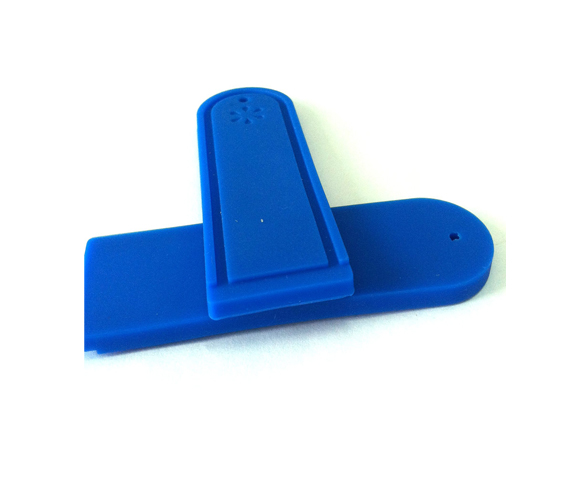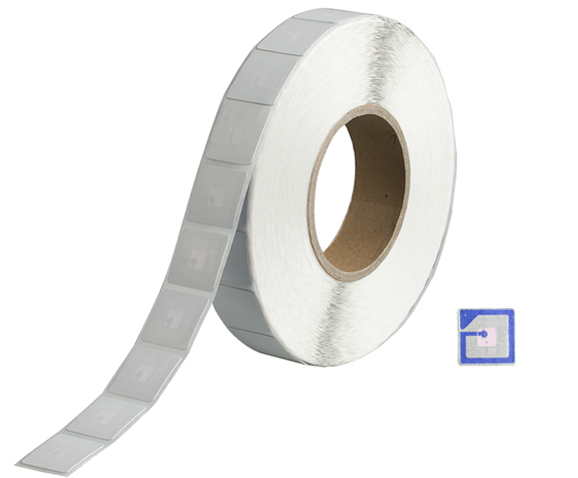Landline:+86-0775-84649797 Phone:+86 19926651112(Same WeChat ID)
Share:
RFID Technology in Major Sporting Events
In the electrifying world of major sporting events, the integration of cutting-edge technologies has become a cornerstone for enhancing fan engagement and overall experience. Among these innovations, Radio Frequency Identification (RFID) technology stands out as a powerful tool, reshaping how spectators interact with the games they love. The use of RFID technology was even more prominent in the Super Bowl.

Tracking Player Movements in Rugby with RFID
In the electrifying world of major sporting events, RFID technology has made a significant impact, providing unprecedented insights into player performance and game dynamics. Taking the use of RFID in rugby as an example, advanced tracking systems capture real-time player movements and metrics, revolutionizing coaching strategies and enhancing fan engagement. An advanced MotionWorks tracking system has been introduced in the Super Bowl venue, allowing for precise centimeter-level motion capture in the intense sport of rugby. The system includes 20 to 30 ultra-wideband receivers, as well as RFID tags - UWB tags - embedded in players' shoulder pads, referees, goalposts, kicking tees, chains, and the ball itself. These devices collect and transmit data to a centralized system, where it is analyzed and visualized for coaches, analysts, and fans.


For instance, during the 2019 Rugby World Cup in Japan, teams utilized RFID tracking technology to gain deeper insights into player performance and game strategies. By analyzing data on player movements and interactions, coaches could make informed decisions on substitutions, tactics, and training regimens, ultimately leading to more competitive and dynamic matches.
RFID at the Super Bowl: Streamlining Access and Payments
At marquee events like the Super Bowl, RFID technology is seamlessly integrated into various facets of the fan experience. Imagine arriving at the stadium, where instead of fumbling with paper tickets, fans effortlessly tap their RFID-enabled wristbands against scanners for swift entry. These wristbands not only serve as tickets but also double as cashless payment devices, allowing fans to indulge in game without missing a beat of the action.

During Super Bowl LI in 2017, held at NRG Stadium in Houston, RFID technology was deployed to enhance fan engagement and streamline operations. Fans received RFID-enabled Smart Band wristbands, which facilitated cashless transactions and provided access to exclusive experiences and activations throughout the venue. This innovative approach not only elevated the fan experience but also generated valuable data insights for organizers and sponsors.
Future Directions and Fan Engagement Opportunities
Looking ahead, the potential applications of RFID technology in major sporting events are limitless, offering exciting opportunities for fan engagement and immersive experiences. From augmented reality overlays that provide real-time stats and insights to interactive fan activations that leverage RFID wristbands for personalized interactions, the possibilities are vast.
For example, RFID-enabled fan zones at stadiums could feature interactive games and challenges that sync with live action on the field, creating an immersive and entertaining experience for spectators. Likewise, RFID-powered loyalty programs could reward fans for their engagement and attendance, fostering a sense of community and loyalty among supporters.
In conclusion, RFID technology is reshaping the landscape of major sporting events, offering seamless access, enhanced insights, and immersive fan experiences. Whether it's streamlining operations at the Super Bowl or tracking player movements in rugby, RFID is revolutionizing how fans engage with the games they love, paving the way for a new era of sports entertainment.
Future Directions and Fan Engagement Opportunities
Looking ahead, the potential applications of RFID technology in major sporting events are limitless, offering exciting opportunities for fan engagement and immersive experiences. From augmented reality overlays that provide real-time stats and insights to interactive fan activations that leverage RFID wristbands for personalized interactions, the possibilities are vast.
For example, RFID-enabled fan zones at stadiums could feature interactive games and challenges that sync with live action on the field, creating an immersive and entertaining experience for spectators. Likewise, RFID-powered loyalty programs could reward fans for their engagement and attendance, fostering a sense of community and loyalty among supporters.
In conclusion, RFID technology is reshaping the landscape of major sporting events, offering seamless access, enhanced insights, and immersive fan experiences. Whether it's streamlining operations at the Super Bowl or tracking player movements in rugby, RFID is revolutionizing how fans engage with the games they love, paving the way for a new era of sports entertainment.
Inquiry



































































